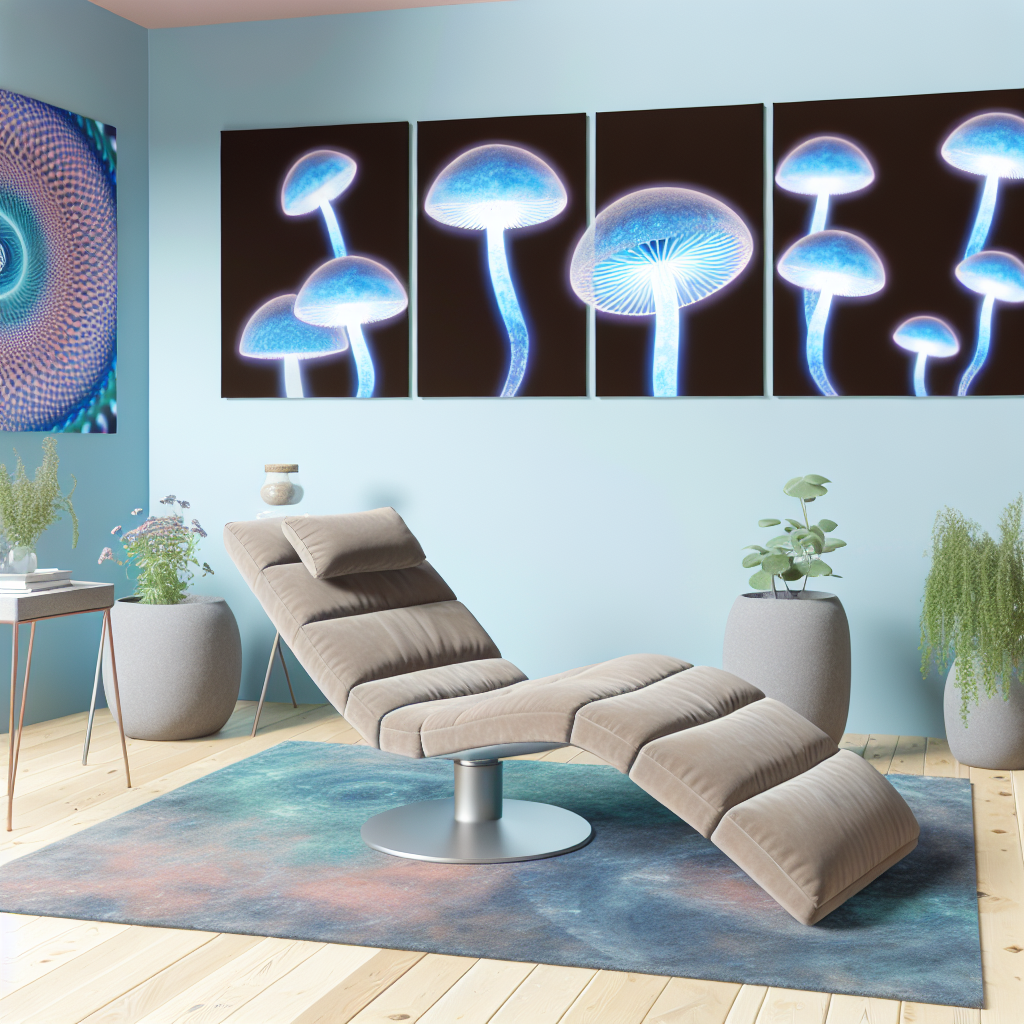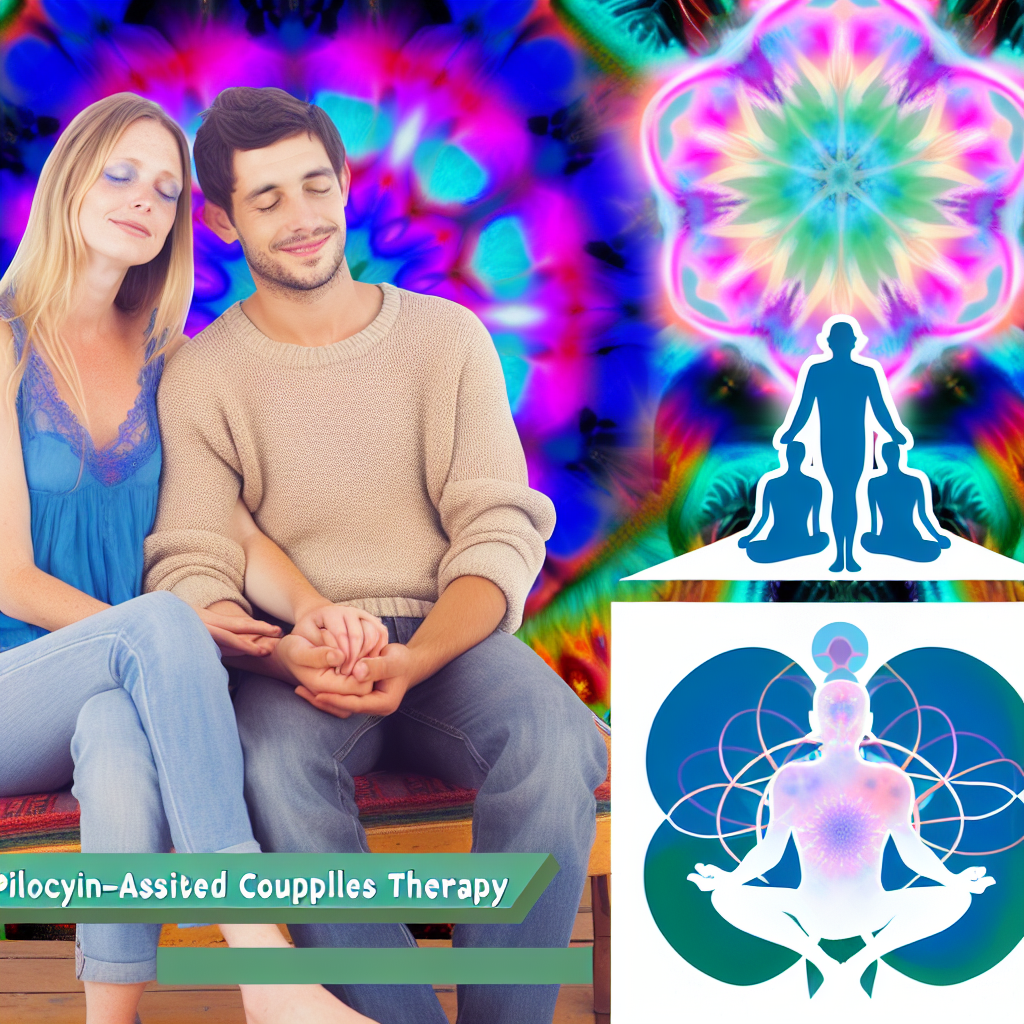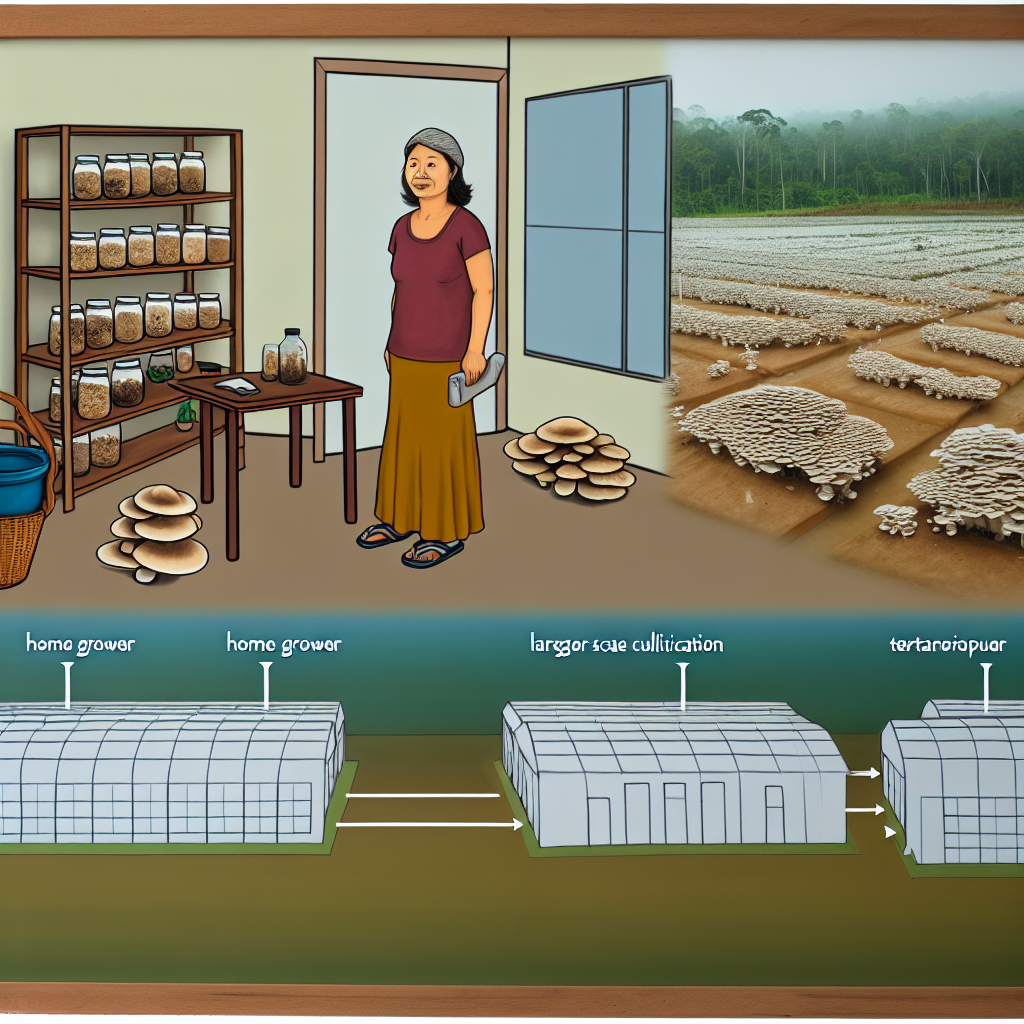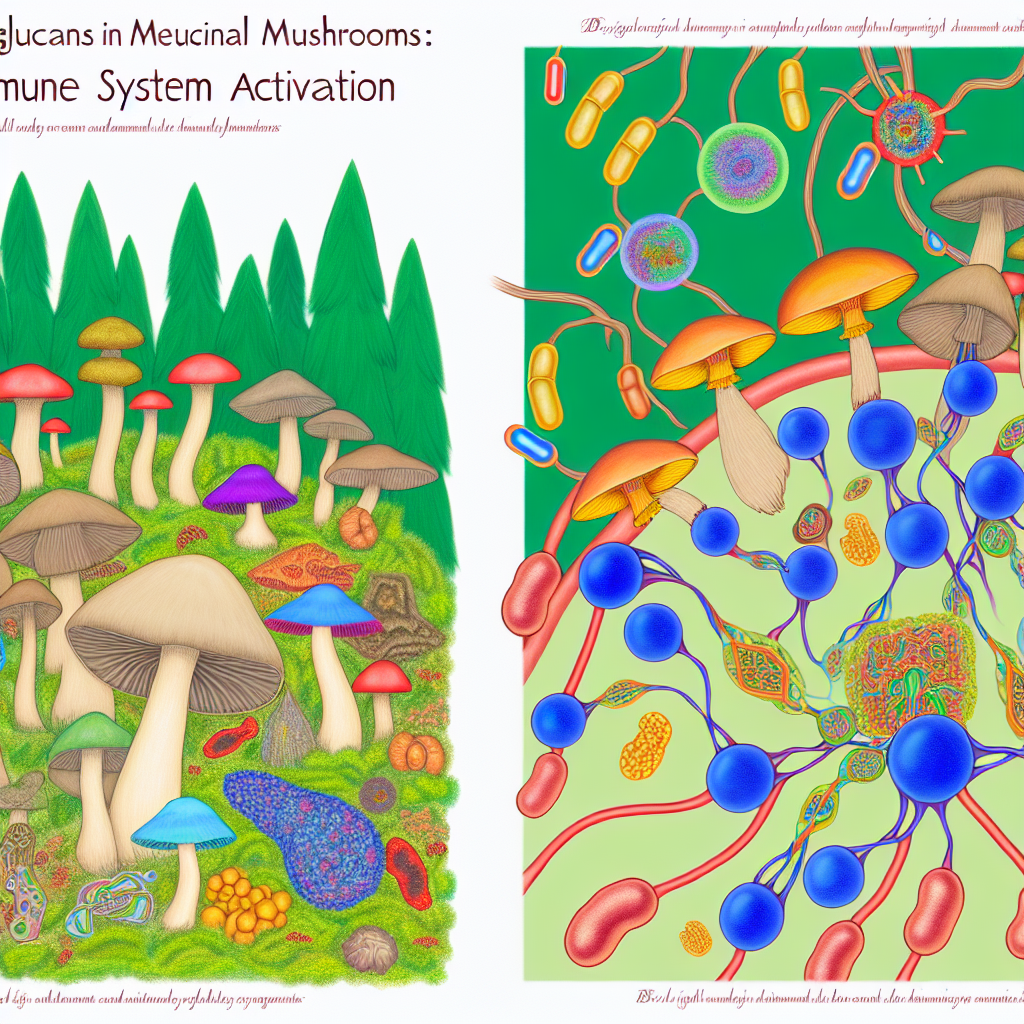Psilocybin Treatment Centers: Design Considerations for Therapeutic Spaces
The resurgence of psychedelic therapy, particularly psilocybin—the psychoactive compound found in “magic mushrooms”—has stirred remarkable shifts in how mental health treatment is conceptualized, experienced, and delivered. As ongoing research continues to illustrate the therapeutic potential of psilocybin for conditions such as depression, PTSD, anxiety, and addiction, the design and environment of the treatment centers where these therapies are administered have become critical components of an individual’s healing journey.
Designing for Healing: The Science Behind Therapeutic Spaces
Scientific studies and medical literature increasingly support the link between healing environments and positive patient outcomes. In the context of psychedelic therapy, where patients may become deeply introspective or enter vulnerable emotional states, environment holds amplified importance. A groundbreaking study published in the journal Frontiers in Psychology (2021) emphasized the importance of therapeutic context in psychedelic-assisted therapy. The researchers found that not only does a supportive environment improve the safety and efficacy of treatments, but that intentional design of psychedelic therapy spaces can enhance the spiritual and therapeutic dimensions of psychedelic use. Read the study
Multi-Sensory Design: Creating Immersive Experiences for Inner Exploration
The Netherlands-based Synthesis Institute conducted case studies on psilocybin retreat environments and developed a multi-sensory approach to room design. Their philosophy emphasizes nature-based visual elements, adjustable ambient lighting, acoustic control to reduce foreign noise, and ergonomic furnishings. These elements help participants feel grounded, safe, and more emotionally supported—crucial when embarking on such profound inner journeys. Explore Synthesis Institute’s approach
Johns Hopkins University—a leader in psilocybin research—also emphasized environmental influences. During their 2016 study on psilocybin’s effects on treatment-resistant depression, sessions were conducted in rooms styled like cozy living rooms. Natural light, soft artwork, and minimal medical equipment helped participants feel secure and emotionally open during their sessions. View the Johns Hopkins Study
Safety Meets Serenity: Balancing Wellbeing with Clinical Vigilance
Therapeutic space design must ensure that emotional ambiance doesn’t compromise patient safety. Effective solutions include one-way visibility panels for therapist monitoring, discreet emergency systems embedded in room layouts, and clear but subtle pathways for staff movement. These thoughtful design touches allow clinical oversight while preserving the sanctity and personal intimacy of the experience.
Beyond Aesthetics: Integrating Technology and Neuroscience
Cutting-edge centers are beginning to explore how additional technologies can deepen and guide the therapeutic journey. Some examples include sound therapy and curated playlists, biofeedback systems and heart rate variability monitoring, adjustable room temperature aligned with emotional phases, and virtual reality applications for post-session integration. These are early examples of “techno-spiritual” innovation—methods that use technology to support somatic and psychological healing while staying grounded in the therapeutic power of the psilocybin experience.
Conclusion: A New Standard for Mental Health Environments
The rise of psilocybin treatment centers marks a pivotal moment in the future of mental health and integrative medicine. As clinical use of psilocybin becomes more accepted and evidence-based, the design of therapeutic spaces must evolve beyond traditional Western medical norms. Through multisensory engagement, nature-inspired architecture, and safety-first design, these centers are reshaping what care means in both body and mind. Creating spaces that facilitate deep, accountable, and transformative experiences ensures the success and integrity of this important therapeutic movement.
Summary:
The design of psilocybin treatment centers plays a crucial role in the effectiveness of psychedelic therapy. These spaces must balance safety, comfort, and aesthetics to promote introspection and psychological transformation. Carefully curated environments that emphasize natural elements, multi-sensory experiences, and emerging technologies can deepen the therapeutic journey and support holistic healing.
References:
- Frontiers in Psychology – Therapeutic Relationship and Psychedelic Therapy
- Johns Hopkins Medicine – Psilocybin and Depression Study
- Synthesis Institute – Designing Psychedelic Retreat Spaces
- Oregon Health Authority – Psilocybin Services Act

Dominic E. is a passionate filmmaker navigating the exciting intersection of art and science. By day, he delves into the complexities of the human body as a full-time medical writer, meticulously translating intricate medical concepts into accessible and engaging narratives. By night, he explores the boundless realm of cinematic storytelling, crafting narratives that evoke emotion and challenge perspectives. Film Student and Full-time Medical Writer for ContentVendor.com




